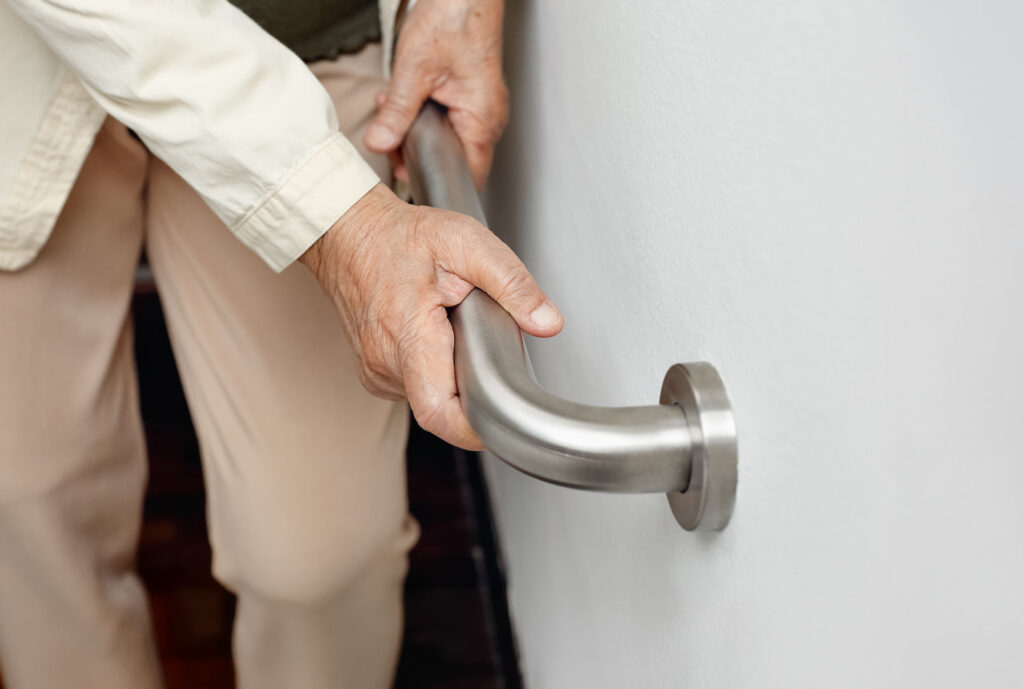
How to Prevent Falls in Older Adults
Preventing falls in older adults is something which should have further emphasis placed on it, as it’s widely considered a public health concern, as the number of falls which occur every year and the serious nature of the injuries demonstrates this is a serious issue which needs more attention. With this being said, many falls are very much preventable with the right strategies in place and the proper modifications to home environments. In this post, we’ll be exploring some great tips and strategies for preventing falls in older adults, and ensuring older adults can continue to maintain their independence while simultaneously maintaining their safety.
Understanding the Risk Factors
Prior to exploring the prevention strategies, it’s very important to recognize the most common risk factors for falls in older adults:
- Reduced physical fitness: Primarily due to lack of exercise and reduced protein intake
- Impaired vision: Vision assists with balance and coordination, and when it begins to deteriorate, it’s more difficult to maintain proper balance and coordination
- Medications: Certain medications, especially those taken by older adults, may induce bouts of dizziness or dehydration, which in turn may end up causing an older adult to fall
- Environmental hazards: External factors, such as slippery floors or improper lighting may increase the likelihood of a slip-and-fall scenario occurring
- Chronic conditions: Conditions such as arthritis or diabetes may affect mobility and increase the chances of a fall occurring
Tips for Preventing Falls
Promote Physical Activity:
Encourage regular exercise, as it’s one of the most effective ways to prevent falls in older adults, as it increases strength , stamina, balance, and overall well-being. Activities such as daily walks, gentle yoga, or swimming are all great forms of exercise to help older adults maintain fitness levels and improve coordination.
Review Medications:
Review medications, especially the side-effects involved, as these medications could be contributing to dizziness, dehydration, or full-blown vertigo. Minimizing or eliminating these side-effects by reducing the dosage strength, or switching medications may be necessary; as the medication should be helping you, not placing you in a dangerous situation where you have a serious fall.
Optimize Home Safety:
Through making the necessary modifications to a home, one can drastically reduce the chance of a fall occurring:
- Remove Tripping Hazards: Proactively keeping floors clean and clear of clutter, you can better ensure there are little to no tripping hazards present (clutter, loose rugs, objects, etc…)
- Improve Lighting: By installing brighter lighting and prominently faced night lights in hallways, staircases, and bathrooms, there will be more adequate amounts of lighting to assist in preventing trip-and-fall style incidents
- Install Grab Bars & Handrails: Installing grab bars and handrails in the bathroom, right near the toilet and shower area, you can ensure the user has something to grab onto which is sturdy and secure
- Use Non-Slip Mats: Non-slip floor mats in the bathtub and on shower floors will greatly reduce the chance of a slip-and-fall incident occurring.
Manage Vision Health:
Regular eye check-ups and fully updated prescription for glasses or contacts will greatly help in reducing the risks of falls caused by poor vision.
Proper Footwear:
Wearing the right style of footwear to help protect you from slipping and falling can do a lot of good. Wearing non-slip shoes, both inside and outside the house can help you stay safe by reducing the chances of slipping and falling. Try to avoid walking in socks or shoes with smoother soles, as this may present a situation where one slips and falls when those same socks or smoother soled shoes are placed on slick floors.
Educate on Safe Practices:
It’s worth noting that some individuals may need extra education or assistance on what to do and what not to do when it comes to performing daily activities. Through emphasizing the importance of taking the right amount n of time to move from point A to point B and using assistive devices as needed, older adults can have a better understanding of the risks involved and how they can proactively protect themselves from slips and falls.
Use Assistive Devices:
Medical assistive devices such as walkers or canes should be used as recommended by a healthcare provider to aid with mobility, balance, and overall stability when walking.
Regular Health Check-ups:
Regular health check-ups with a healthcare provider can be one of the best proactive steps to take when it comes to managing chronic conditions which could be associated with falls in older adults.
Contact Neurosurgery & Spine Consultants Today
Preventing falls in older adults will require a multifaceted approach. This entails combining the benefits of proper physical health, environmental modifications, and education about what to do and what not to do. Through implementing these strategies, caregivers, and older adults alike can create a safer environment which helps to reduce the overall risk of falls and their associated injuries in older adults. The ultimate goal is to promote safety and independence with these tips and strategies. If you’re seeking out pain management therapies, physical therapy, or neck, back, and spine health solutions; contact us using the form below. We’ll be sure to have you scheduled with one of our amazing team members as soon as possible. We look forward to hearing from you soon!
DISCLAIMER: No content on this site, regardless of date, should ever be used as a substitute for direct medical advice from your doctor or other qualified clinician.